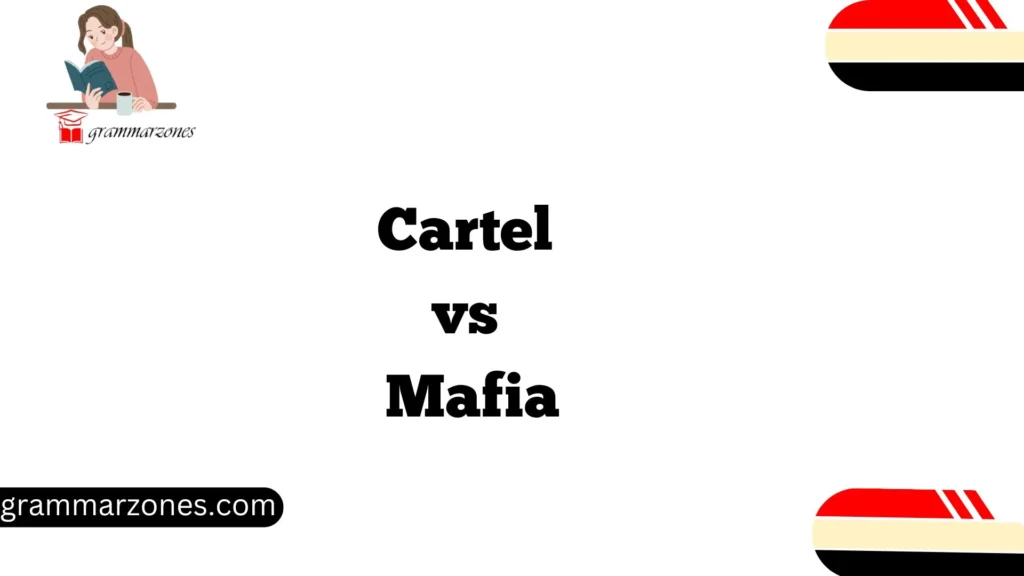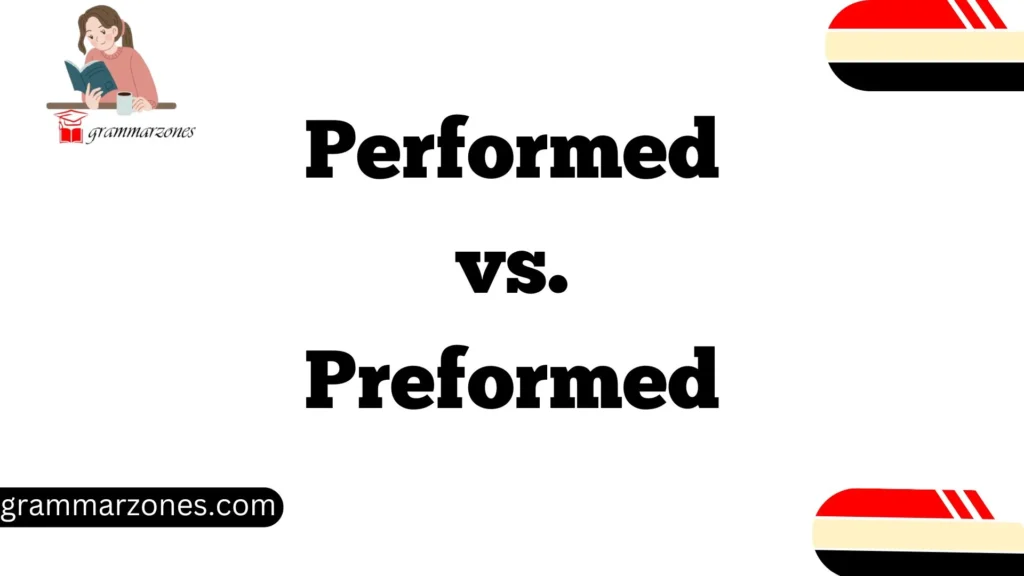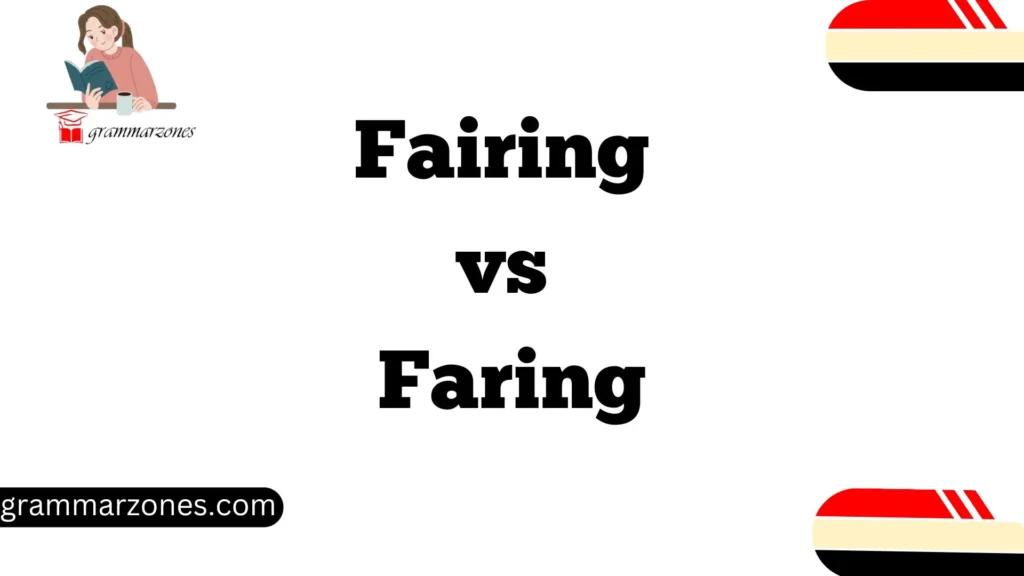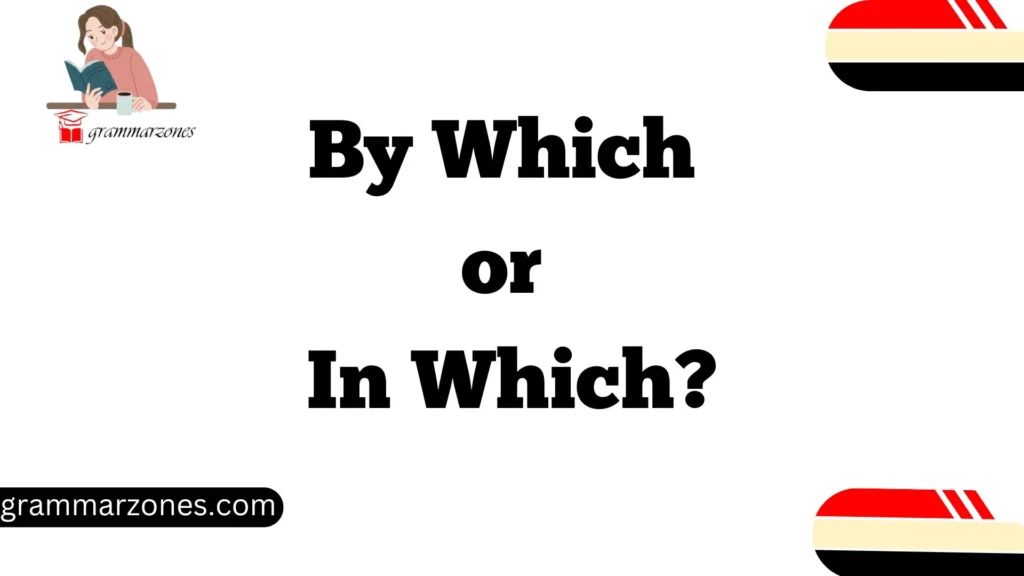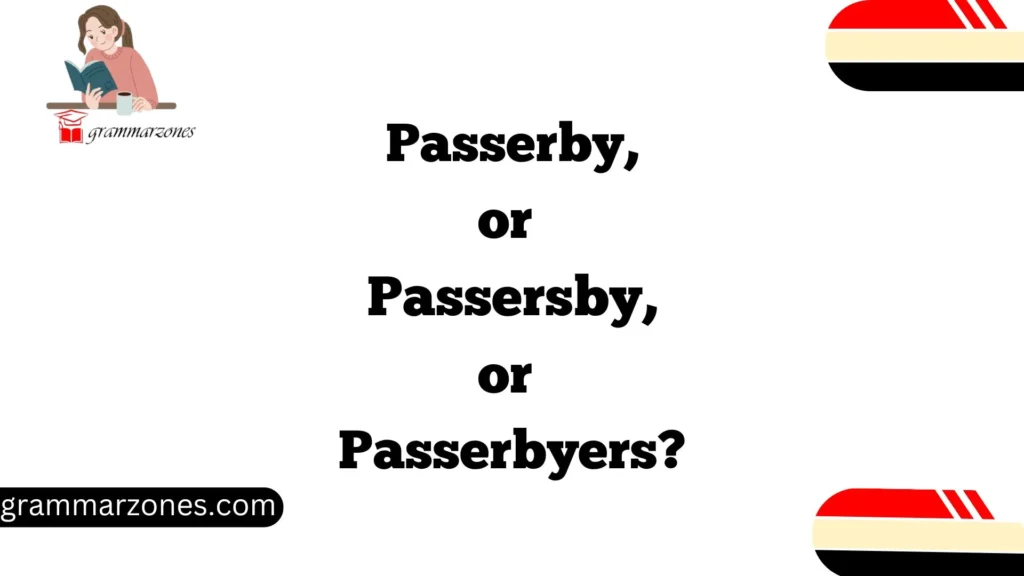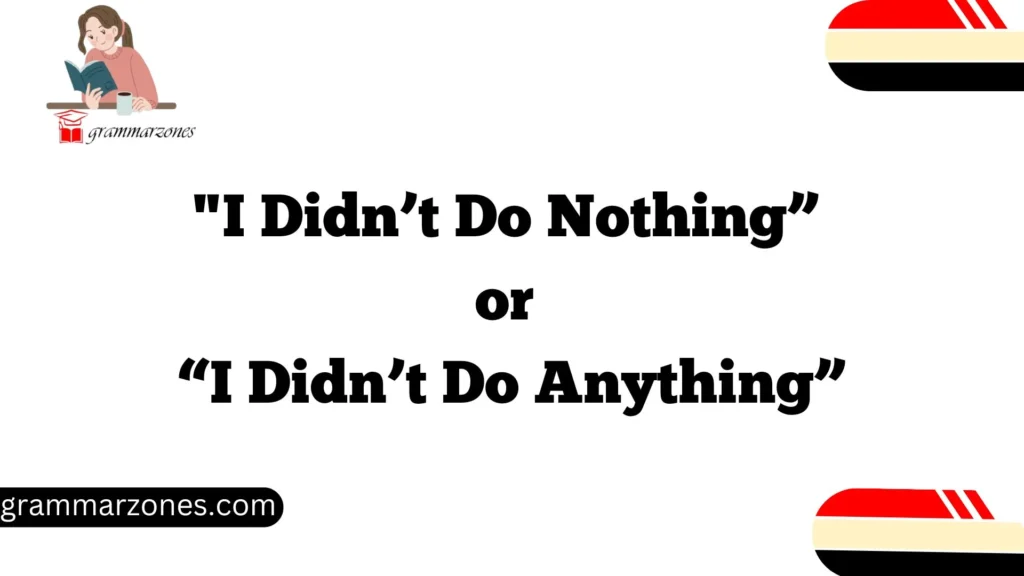Organized crime has a long and dark history that stretches across borders, economies, and cultures. When most people think about the world of organized crime, two major terms often come to mind: cartel and mafia. While these criminal syndicates have captured the public’s imagination, they aren’t the same. Cartels and mafias operate under different structures, strategies, and origins. In this comprehensive guide, we will explore the key differences between these two notorious entities and break down their histories, operations, and global impact.
Unraveling the Definitions: Cartel vs Mafia Explained
At first glance, the terms cartel and mafia might sound interchangeable. However, these two criminal groups have unique characteristics that set them apart.
What is a Cartel?
A cartel refers to a coalition or alliance of independent organizations—typically businesses—that cooperate to control markets, set prices, or eliminate competition. Cartels can form in various industries, but one of the most notorious forms is the drug cartel. These organizations dominate illicit trade by controlling production, distribution, and trafficking routes.
Cartels can be decentralized, with multiple groups operating independently yet working toward a common goal. They are often associated with extreme violence and corruption, as they use both to secure their hold over drug routes and territories.
What is a Mafia?
On the other hand, the mafia refers to a secretive, hierarchical criminal organization that is typically more structured than a cartel. The mafia operates through protection rackets, extortion, money laundering, illegal gambling, and other illicit activities.
The mafia often has a deep-rooted connection to a specific culture or region, with historical ties to Italy, Russia, and Japan. While it may also engage in violence, the mafia typically focuses more on maintaining control within a community or region through influence and power. The mafia tends to operate locally, even if its reach can extend globally.
Historical Roots: From Sicily to International Syndicates
The Mafia’s Origins
The roots of the mafia can be traced back to Sicily, where the first significant criminal syndicates emerged in the 19th century. The mafia arose from the need for local protection in an unstable environment. Sicily’s agrarian society was riddled with political corruption, and landowners sought the help of powerful figures—“mafiosi”—who provided protection and managed disputes. Over time, the mafia expanded its reach, becoming a global force.
As the mafia spread from Sicily to mainland Italy and eventually to the United States, it evolved into multiple factions, including the infamous Cosa Nostra. The Italian Mafia became renowned for its strict code of conduct, secrecy, and loyalty. It wasn’t long before other countries adopted similar criminal organizations, such as the Russian mafia, which has its roots in the Soviet Union, and the Japanese Yakuza, which has operated for centuries in Japan.
The Emergence of Cartels
While the mafia was expanding, the cartel began taking shape in the 20th century, particularly with the rise of drug trafficking in Latin America. The first major cartel to rise to power was the Medellín Cartel, founded by Pablo Escobar in the 1970s. This cartel became the largest producer of cocaine in the world, creating a deadly monopoly in the drug trade.
By the late 1980s, other cartels such as the Cali Cartel and the Juarez Cartel emerged, leading to a significant increase in violence as these organizations fought to control the lucrative cocaine market. Cartels often operate in regions where law enforcement is weak, allowing them to conduct their activities with little interference.
The global impact of cartels, particularly in the drug trade, has led to severe consequences, including increased violence, political corruption, and strained relations between countries like Mexico, Colombia, and the United States.
Organizational Structures: Cartel vs Mafia
One of the primary differences between cartels and mafias lies in their organizational structures.
Mafia Organizational Structure
The mafia is known for its strict hierarchy. At the top of the pyramid sits the Boss (often called “Don” in Italian mafias), who oversees operations and makes key decisions. Below the Boss are the Underboss and Capos, who supervise the soldiers, or foot soldiers, who do the dirty work. Finally, there are Associates—individuals who work for the mafia but aren’t yet full members.
| Mafia Organization | Position | Role |
| Boss (Don) | Head of operations | The supreme leader who controls all decisions. |
| Underboss | Second-in-command | Works directly under the Boss, oversees the organization’s daily operations. |
| Capos | Captains | Leaders of smaller groups, often overseeing specific territories. |
| Soldiers | Foot soldiers | Carry out the illegal activities of the mafia. |
| Associates | Lower-ranking members | Not yet full members but serve under the direction of the mafia. |
Cartel Organizational Structure
Cartels are typically decentralized organizations, where multiple groups work together to achieve a common goal but don’t report to a single leader. Cartels are less structured in a traditional sense, which allows them to adapt more easily to changes in the illicit markets. At the head of the cartel, there may be a Kingpin or a collection of leaders managing different regions. In some cases, cartels may form alliances with other cartels for mutual benefit, but there’s no single leader like in a mafia.
While cartels might have some hierarchical elements, they usually operate through autonomous groups or cells, with each one responsible for specific territories or operations. They are often led by the most powerful and violent individuals, who ensure that loyalty is maintained through force and intimidation.
Operational Strategies: Tactics of Crime Syndicates
Mafia’s Tactics: Protection and Control
Mafia operations are typically built on protection rackets. In exchange for “protection,” local businesses pay a fee to the mafia, who ensure that the business operates without interference. If the business refuses, the mafia will use violence or intimidation to force compliance.
Extortion is another key strategy used by the mafia, often involving the threat of harm or property damage to force individuals or businesses to comply. In addition, mafia organizations are heavily involved in money laundering and other financial crimes to conceal illicit profits.
Cartel Tactics: Violence and Control of Trade
Cartels rely heavily on violence to maintain control over their territories and to send a message to competitors and law enforcement. They use extreme brutality, including killings, torture, and bombings, to intimidate rivals and officials.
In addition to drug trafficking, cartels control logistics, smuggling routes, and the production of illicit goods, using advanced technology to avoid detection. Cartels also use bribes and corruption to keep law enforcement officials and politicians on their side.
Cultural Perception and Misconceptions: Cartel vs Mafia
Both cartels and mafias are heavily romanticized in popular culture, thanks in part to films and television shows that focus on their violent and dramatic lifestyles. Movies like The Godfather and Scarface have contributed to the mystique of the mafia, while shows like Narcos have popularized the story of drug cartels.
However, these portrayals can sometimes blur the lines between reality and fiction. While the violence, power, and drama make for engaging entertainment, they often fail to capture the long-term damage caused by these organizations in real life, from human trafficking to political instability.
Current Global Influence: Cartels and Mafias Today
Mafia’s Ongoing Presence
Despite the efforts of law enforcement to dismantle them, mafia organizations continue to thrive in many parts of the world. Today, the Italian Mafia still controls significant portions of Italy’s economy, including sectors like construction, waste management, and gambling. The Russian Mafia has spread across Europe, infiltrating financial systems and engaging in cybercrime.
In the United States, mafia families like the Gambino and Genovese families continue to operate in major cities, engaging in traditional criminal enterprises and even branching into modern-day activities like cybercrime.
The Power of Cartels
While cartels were once confined to specific regions, they have now gone global. Mexico’s Sinaloa Cartel remains one of the most powerful organizations in the world, controlling vast drug distribution networks. Cartels in Colombia and Central America also continue to thrive, with profits from cocaine fueling their operations.
Cartels today are increasingly involved in global cybercrime, using the internet to launder money, facilitate trade, and even recruit members.
Conclusion: The Complex World of Organized Crime
Understanding the distinctions between cartels and mafias is essential to comprehending the broader world of organized crime. While both engage in illegal activities and use violence to maintain power, their operational structures, tactics, and historical roots differ significantly.
As cartels and mafias continue to evolve, they remain significant players in global crime, influencing everything from local economies to international politics. While pop culture often glamorizes these organizations, the reality is much darker. From the Sicilian hills to the jungles of Colombia, these criminal syndicates have left their mark on the world—and their influence remains as strong as ever.
FAQs: Cartel vs Mafia
1. What is the main difference between a cartel and a mafia?
The mafia is a hierarchical, family-based organization focused on local control and various illicit activities like extortion and money laundering. A cartel is a decentralized network, mainly focused on controlling markets (especially drugs) and often relies on extreme violence to maintain power.
2. Which is more violent, a cartel or a mafia?
Cartels are generally more violent, using extreme brutality like assassinations and public executions to intimidate rivals and authorities. Mafias also use violence but often prefer subtle control through corruption and influence.
3. Are cartels and mafias still active today?
Yes, both are still active. Mafias operate in Italy, the U.S., Russia, and Japan, while cartels dominate drug trafficking networks in Latin America, especially Mexico and Colombia.
4. How do cartels and mafias make money?
Mafias earn through extortion, gambling, drug trafficking, and money laundering. Cartels primarily make money from drug production and smuggling but also engage in human trafficking, arms dealing, and other illegal trades.
5. How do law enforcement agencies combat these organizations?
Agencies like the FBI, DEA, and Interpol use surveillance, undercover operations, financial tracking, and international cooperation to dismantle these groups, though corruption and the sheer scale of operations make it challenging.

